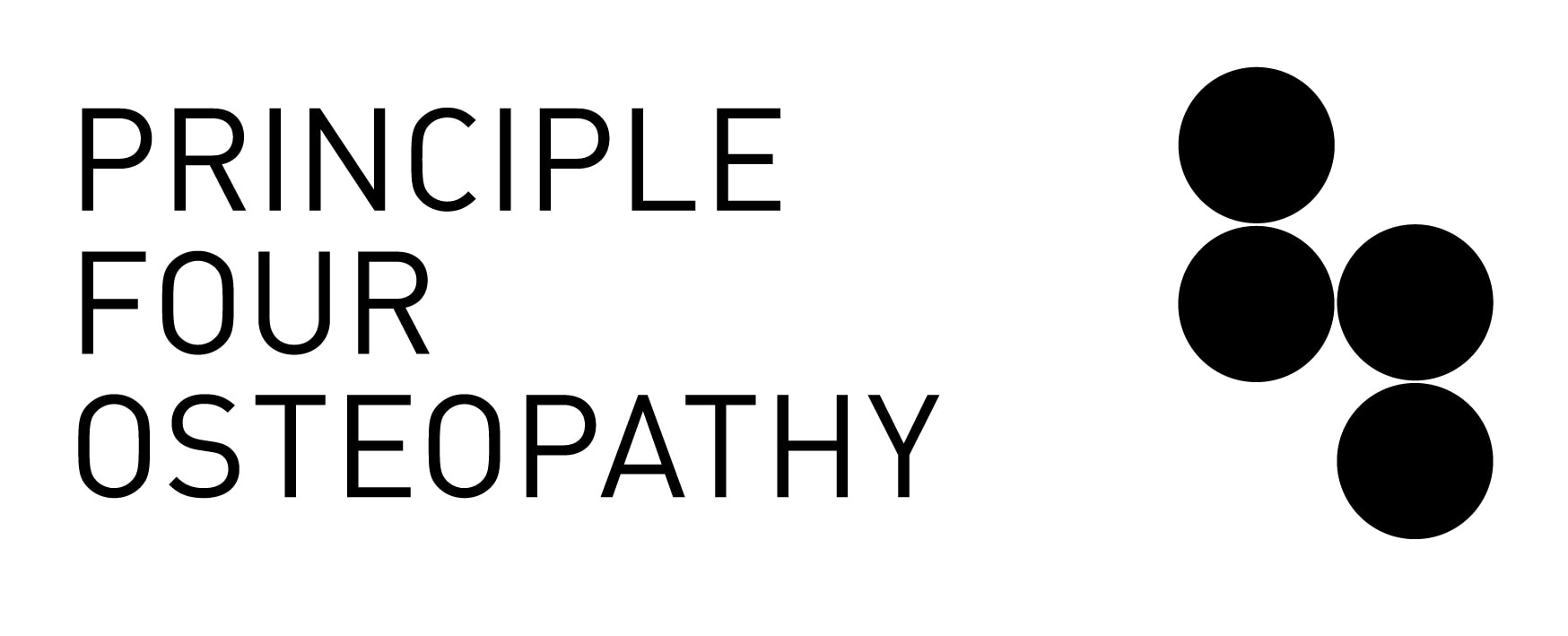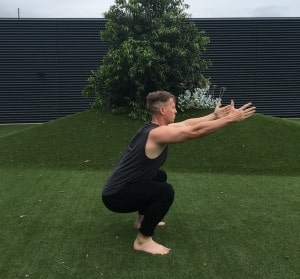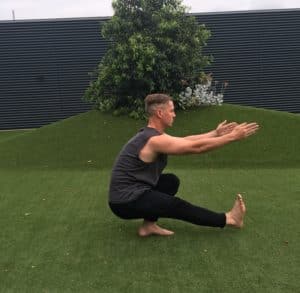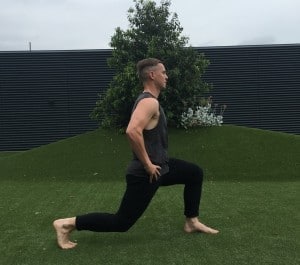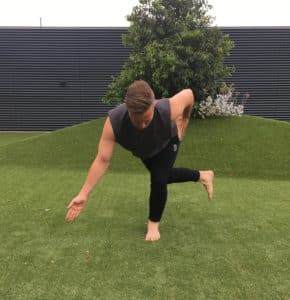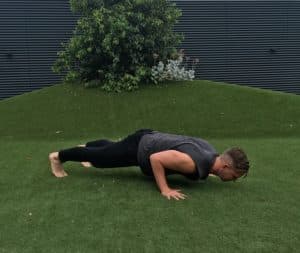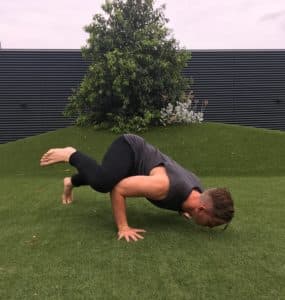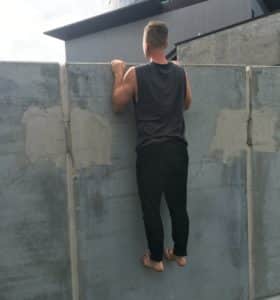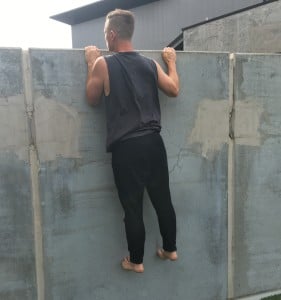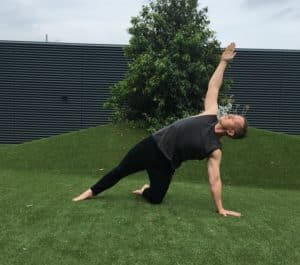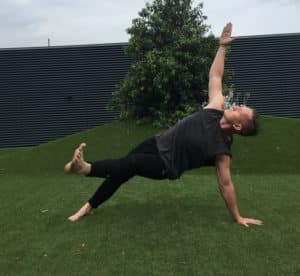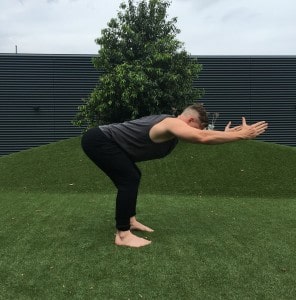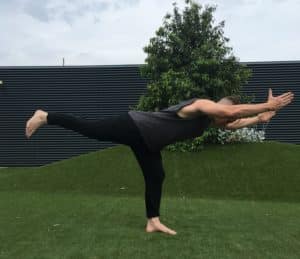The 6 Movement Patterns for Increasing Strength and Increasing Overall Performance by Michael Grogan
Michael Grogan is a Personal Trainer/Movement Coach at the Jon Weller PT Studios in Melbourne CBD. He uses the principles of Strength and Conditioning combined with body weight movements achieve maximum strength gains with his clients. For more information follow him on instagram: https://www.instagram.com/michaelgrogan_movement/ and for enquiries contact trainer@jonweller.com.au
Traditional weight training is based on the body building style of isolation and to target single muscle groups during exercise – this is great if your goal is to become a body builder and gain bigger muscles. However the process can have a number of flaws such as a severely decreasing flexibility in muscles and is also very time consuming, as you need to hit only 1-2 muscle groups per day meaning you have to hit the gym almost every day to cover all of your muscle groups.
Strength training based on movement patterns not muscle isolation is a type of training that is great for improved athleticism for things like sport and everyday life movements such as running, jumping and lifting objects. The movement style also puts your joints in their full range of movement that increases their flexibility as you train which can lead to decreased back pain and other body aches and pained. Movement based training also uses a greater number of muscles groups as you train meaning you do not have to train as much and still achieve great strength gains from training 2-3 times per week. This is perfect for busy people who may have job, family, social commitments and don’t have time to spend all day in the gym. I would recommend that most people train using this principle.
There are 6 basic movement patterns that I incorporate with all my clients and exercise programs I develop; these patterns are designed to gain the maximum amount of strength and athletic improvement in as little time as possible:
Movement Pattern #1: SQUAT
A$$ to grass it best! If the flexibility in your spine allows it. We use squats in our everyday life going from sitting to standing all day. As we age our inability to squat can negatively impact our quality of life.
The squat works almost every muscle group in the body with a focus on the legs; Core and lower back must be switched on to maintain an upright spine as we lower down and push back up. There are many variations of the squat meaning it can always be progressed and scaled depending on your level of strength.
Exercise Examples include: Body weight squat (pictured), Pistol Squat (pictured) and Barbell Front Squat.
Movement Pattern #2: LUNGE
A lunge works similar muscles to the squat however it requires one leg to step forward (or back or sideways) while the other leg remains stationary. Its key function was back in the cave man days where we would lunge to throw spears or negotiating rugged terrain at speed – nowadays it is used in sports such as cricket, soccer and basketball.
The move develops balance, strength and flexibility in the lower half of the body.
Exercise examples include: Bodyweight lunge (pictured), Lunge variations (pictured) and Reverse Lunges.
Movement Pattern #3: PUSH
Pushing is moving any external weight away from your body like placing a toolbox on a high shelf or pushing yourself up off the ground.
There are 2 types of push: horizontal and vertical: Horizontal is when you push a force away from your body such as a push up movement. A vertical push is when you push a weight overhead such as a push press.
The movement develops strength and muscle mass in the anterior part of the upper body.
Exercise examples include: Push up variations (pictured), SpiderMan Push up (pictured) Bench Press and Push Press.
Movement Pattern #4: PULL
A pulling movement uses the opposing muscle groups to a push movement or pulling your centre of mass towards an object like in a chin up.
Pulling is extremely useful for developing a balanced posture and correcting round backs/kyphotic spines. It also contributes to a V-shaped posture in men.
Exercise examples include: Pull ups (pictured), Side Pull up (pictured), Bent Over Row and Single Arm Row.
Movement Pattern #5: TWIST
Twisting motions give use the opportunity to train our body in a side ways movement (Transverse Plane) allowing us to develop key fitness in the area of agility and stability of the body which is useful for all sports and giving you greater athletic performance.
Exercise examples include: Side planks (pictured), Cable Woodchops, Medicine Ball Twists.
Movement Pattern #6: BEND/HINGE
Hinging movements are the no.1 movement to improve for those who experience back pain. A hinge is used often in everyday life when picking things off the ground and is even more crucial for developing speed and power in running and sprinting.
The main thing trained in hinge movements is maintaining a neutral spine (straight) whilst bending forwards and lifting objects from the ground. The movement will develop massive amounts of strength/endurance in your glutes and lower back therefore reducing the chance of getting a back injury.
Exercise examples include: Good mornings (pictured), Single Leg Arabesque (pictured) and Romanian Deadlift.
To Conclude:
Now you know the 6 movement patterns in order to build maximum strength without spending 6 days a week in the gym I urge you to assess your gym program and ensure you are covering the 6 key movement’s: Squat, Lunge, Push, Pull, Twist and Hinge. If you need help with this please get in touch and I will be more than happy to assist you with taking your strength goals to the next level.
Michael Grogan – Trainer/Movement Coach at Jon Weller Studios, Melbourne CBD, Australia.
